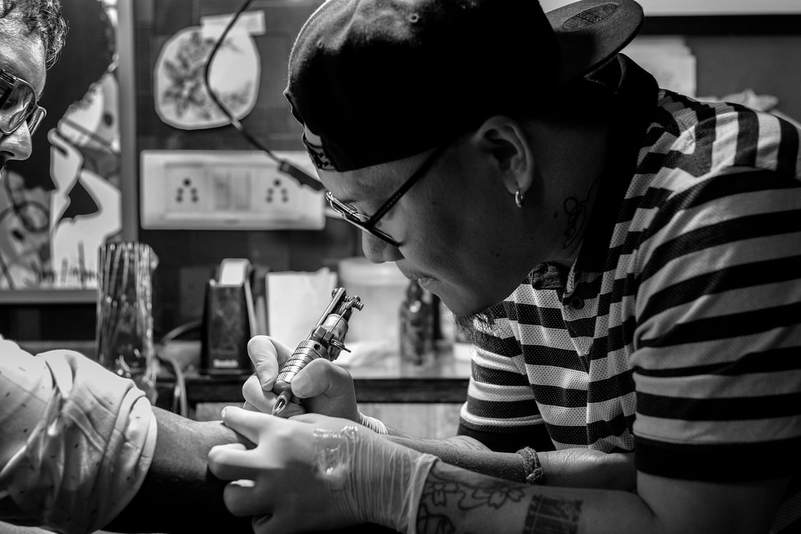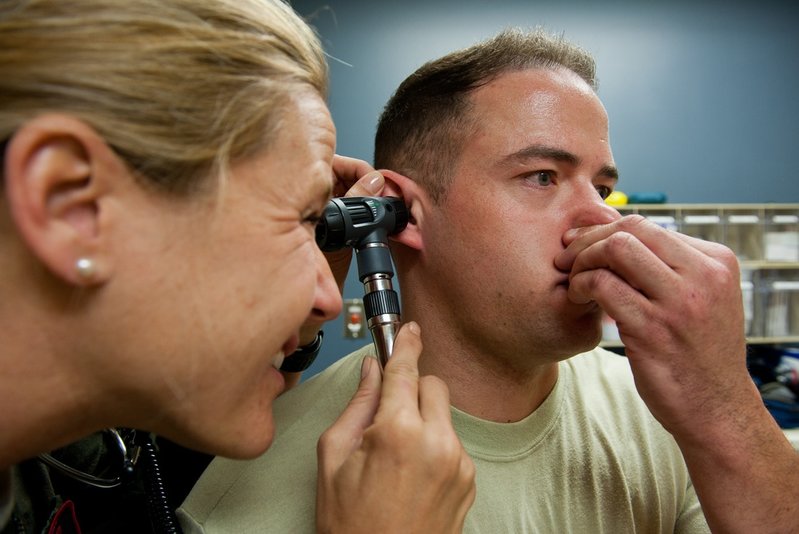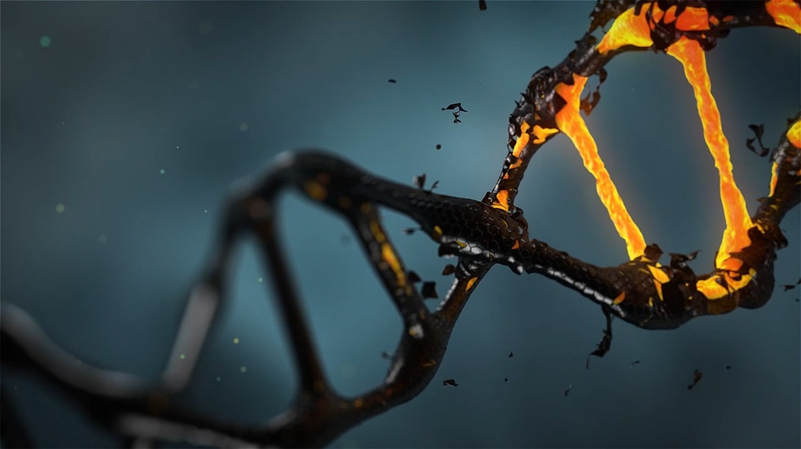Truth About Tattoos
Tattoos have become more and more common over the past few decades. In fact, a Harris poll in 2016 found that about three out of every 10 adults have at least one tattoo. Furthermore, a Pew Research Center study found that the number was closer to 36% among those aged 18 to 25. With this recent increase in the prevalence of tattoos, researchers at the German Federal Institute for Risk Assessment have taken interest and have found evidence suggesting that tattoos may not be as harmless as originally thought.
Using skin and lymphatic tissue obtained from human corpses, researchers discovered that the nanoparticle elements used to make tattoo ink can travel inside the body and reach the lymph nodes. This was discovered using Micro X-Ray Fluorescence, or μ-XRF imaging, in which a broad range of tattoo ink particles several micrometers in size were found inside the body. The lymph nodes play a factor in tattoo healing because once the ink is inserted into the skin, the epidermis has been damaged and one of the body’s natural responses is to clean the site. This is done using either active transport in which cells phagocytize the tattoo particles and send them to the lymph nodes or through passive transport in which the particles are transported to the lymph nodes through the lymphatic vessels. Thus, there is a mechanism in which the ink pigments can make their way from the initial site of the tattoo to the lymph nodes, which can be seen to become stained with the color of the tattoo. It is important to note that the nanoparticles making their way into the lymph nodes is an area of concern because scientists do not yet know how these particles will react once inside. However, they believe that this can be a problem because the transport of ink particles into the lymph nodes can lead to chronic inflammation of the lymph nodes and lifelong exposure to the tattoo ink particles inside the body.
Using skin and lymphatic tissue obtained from human corpses, researchers discovered that the nanoparticle elements used to make tattoo ink can travel inside the body and reach the lymph nodes. This was discovered using Micro X-Ray Fluorescence, or μ-XRF imaging, in which a broad range of tattoo ink particles several micrometers in size were found inside the body. The lymph nodes play a factor in tattoo healing because once the ink is inserted into the skin, the epidermis has been damaged and one of the body’s natural responses is to clean the site. This is done using either active transport in which cells phagocytize the tattoo particles and send them to the lymph nodes or through passive transport in which the particles are transported to the lymph nodes through the lymphatic vessels. Thus, there is a mechanism in which the ink pigments can make their way from the initial site of the tattoo to the lymph nodes, which can be seen to become stained with the color of the tattoo. It is important to note that the nanoparticles making their way into the lymph nodes is an area of concern because scientists do not yet know how these particles will react once inside. However, they believe that this can be a problem because the transport of ink particles into the lymph nodes can lead to chronic inflammation of the lymph nodes and lifelong exposure to the tattoo ink particles inside the body.
Image Source: miljko
Lastly, researchers used the Fourier transform infrared spectroscopy technique to assess biomolecular changes in the tissues that are in close proximity to the tattoo particles. They found that because tattoo ink is hydrophobic, it can cause conformational changes in β-sheets located near the ink. However, despite the confirmed change in β-sheet protein conformation, most people with tattoos, including those analyzed in this study, did not suffer from chronic inflammation. Further investigation is needed to understand why tattooed individuals with a change in the β-sheet conformation do not exhibit adverse foreign body reactions.
Having found strong evidence for both conformational alterations of biomolecules, migration, and long-term deposition of toxic elements found in tattoo pigments, the next step for these researchers is to track down other possible organs and tissues which the tattoo ink components may have traveled to. Any findings could provide a better understanding on how these particles could affect other organs in the body aside from just the lymph nodes.
Having found strong evidence for both conformational alterations of biomolecules, migration, and long-term deposition of toxic elements found in tattoo pigments, the next step for these researchers is to track down other possible organs and tissues which the tattoo ink components may have traveled to. Any findings could provide a better understanding on how these particles could affect other organs in the body aside from just the lymph nodes.
Featured Image Source: aamiraimer
RELATED ARTICLES
|
Vertical Divider
|
Vertical Divider
|
Vertical Divider
|





